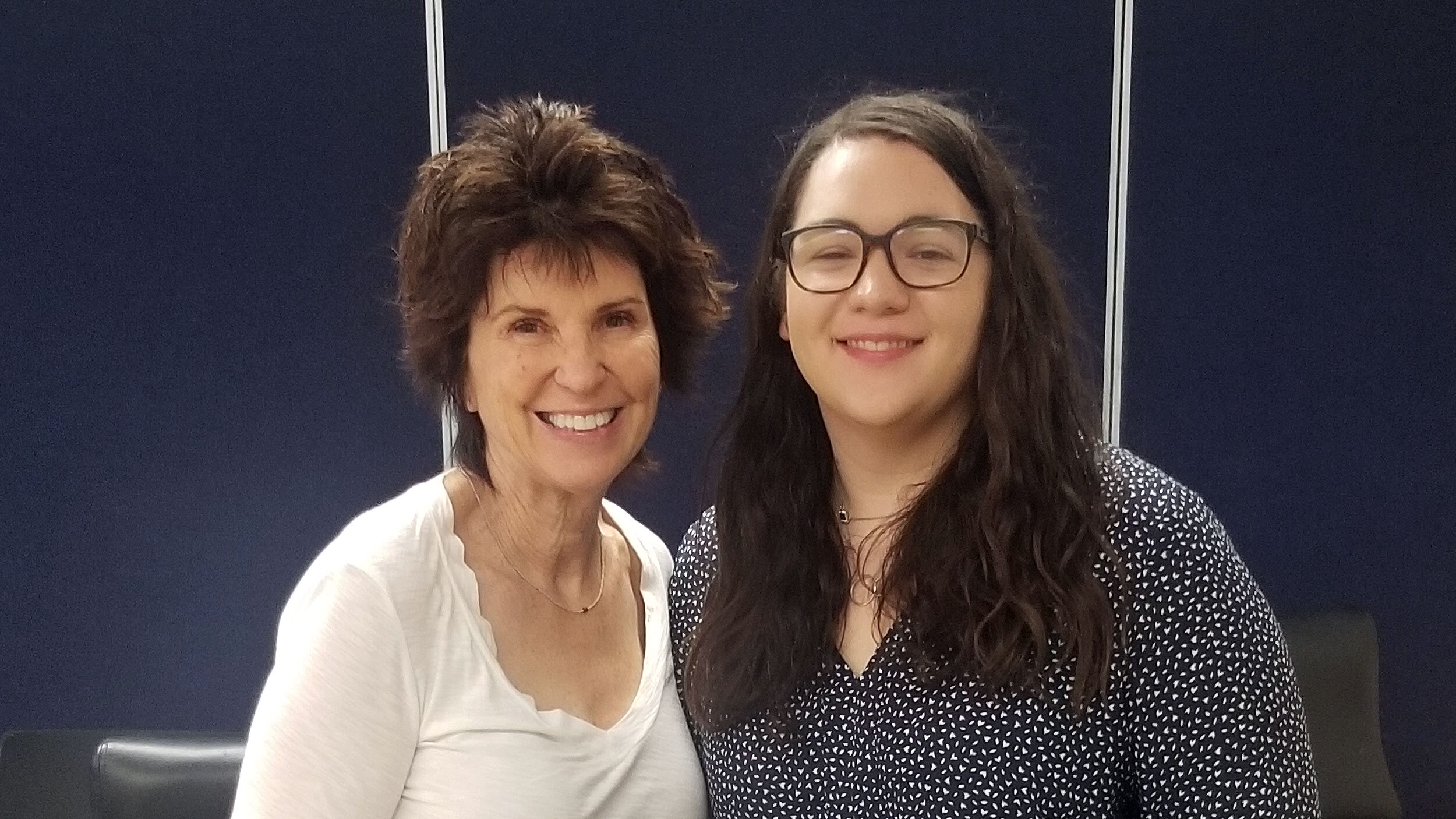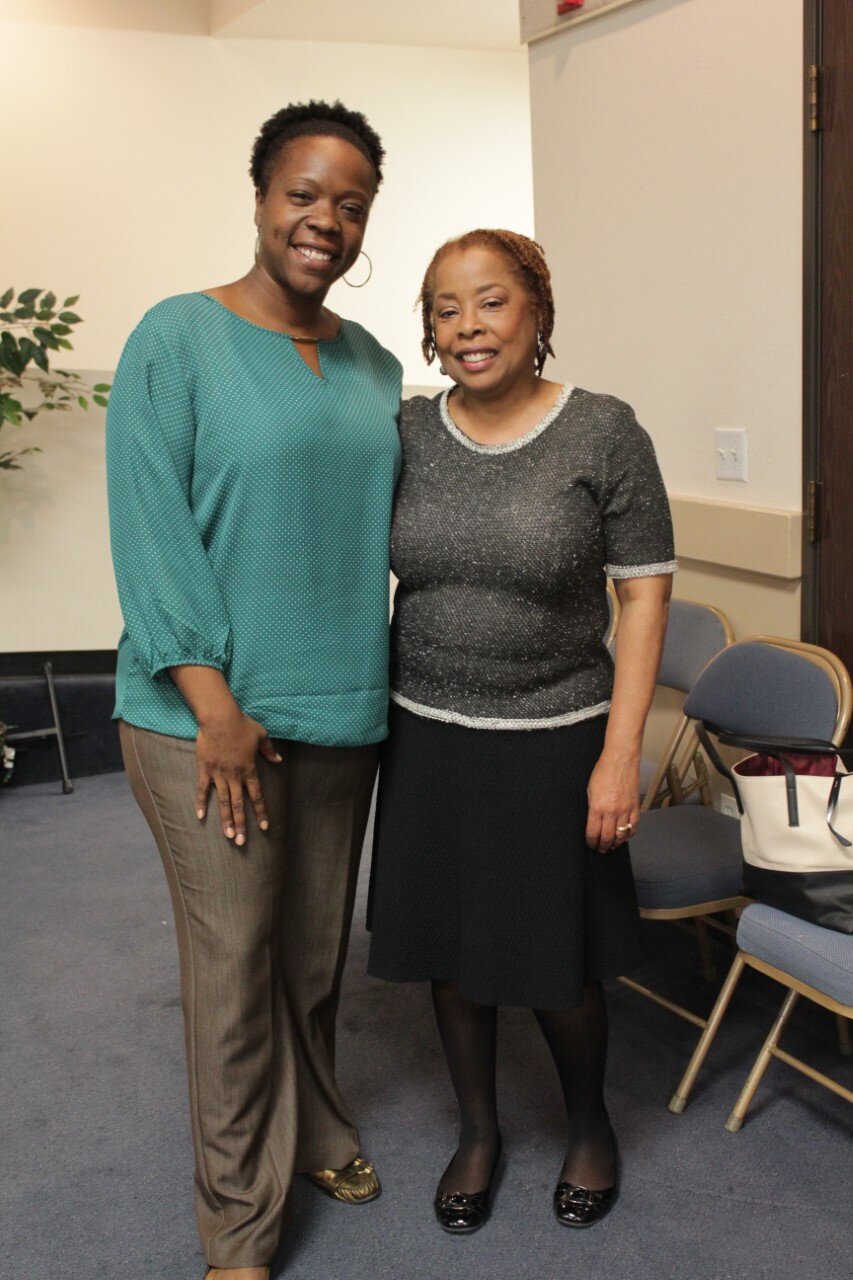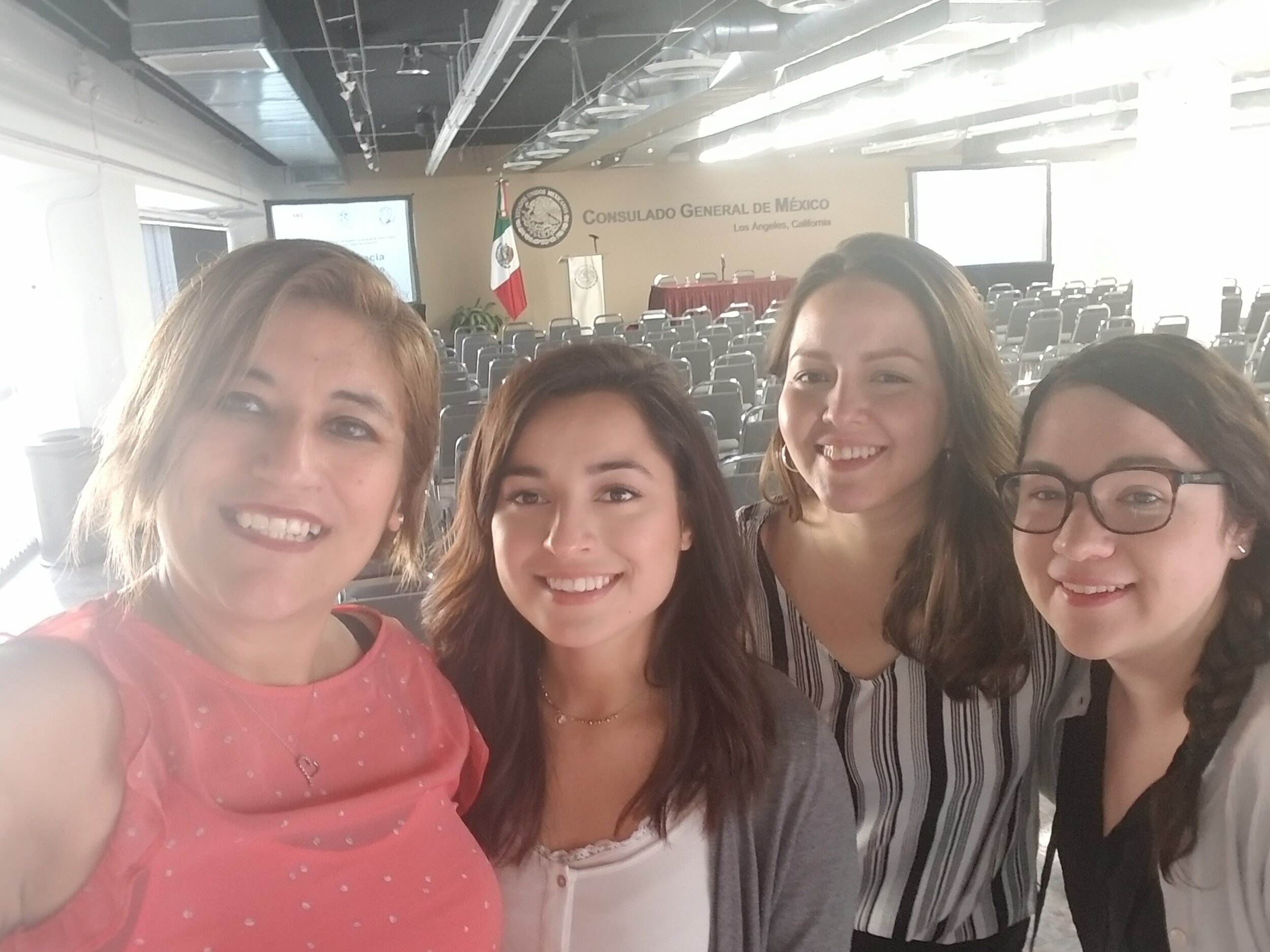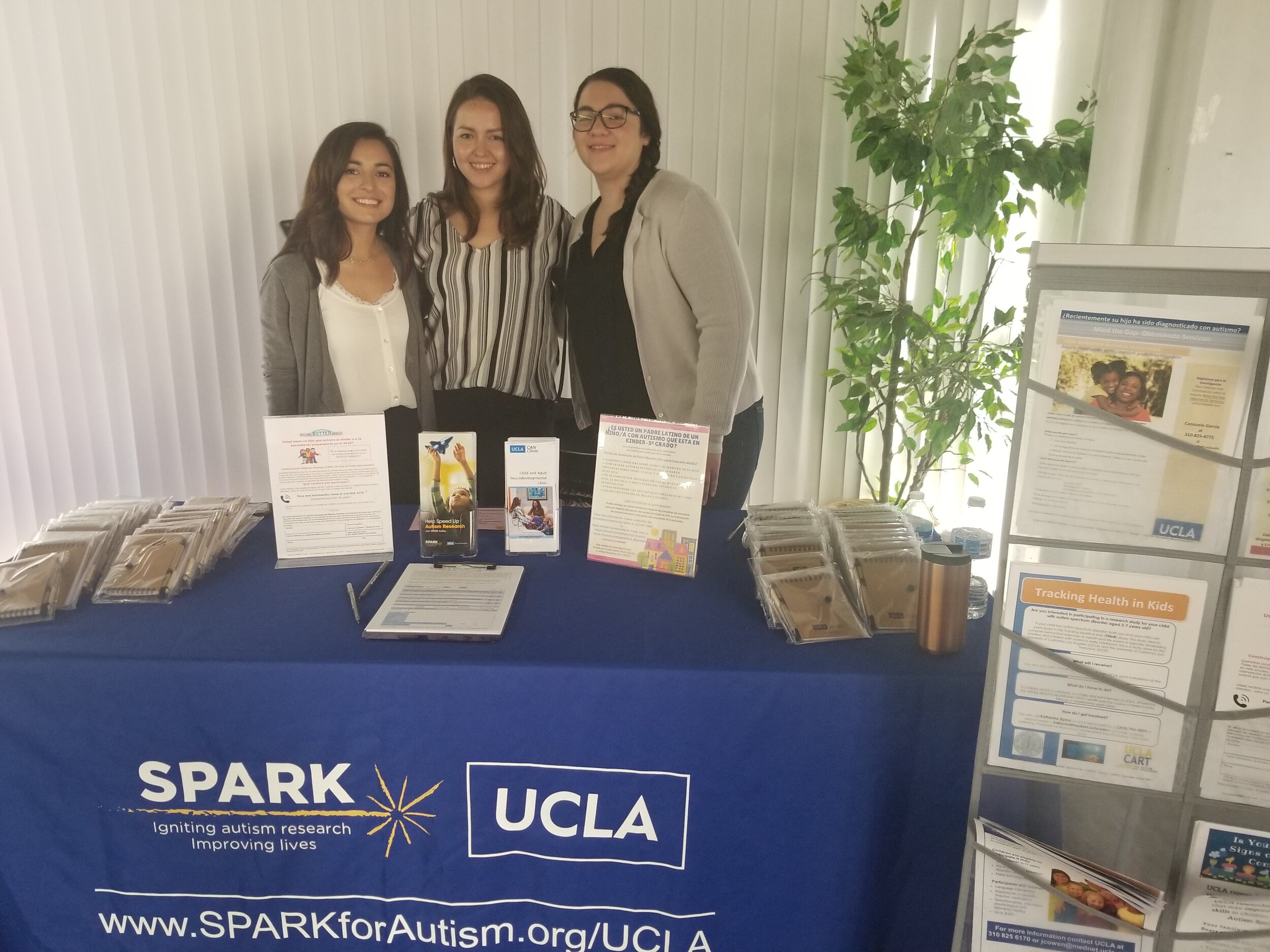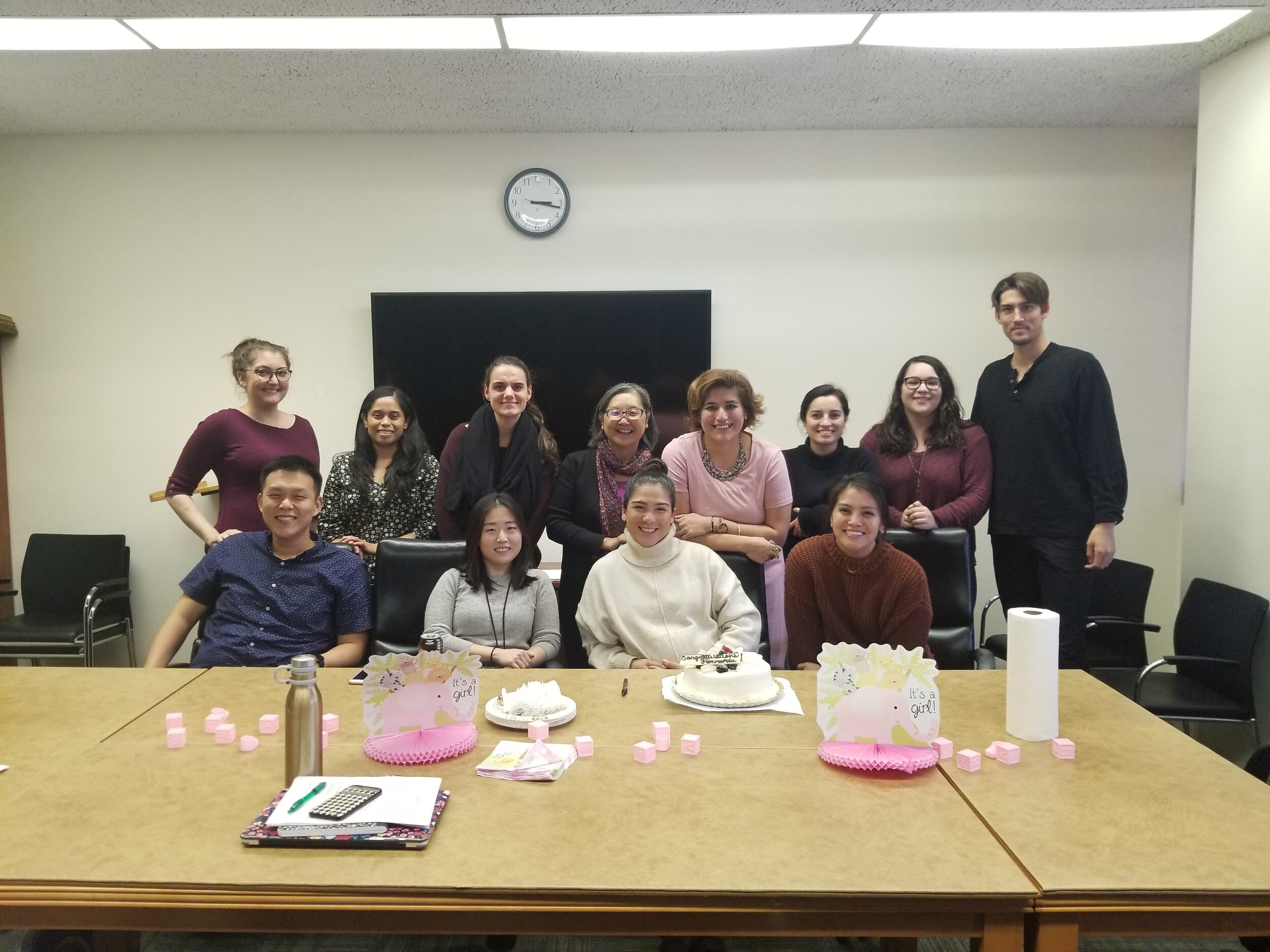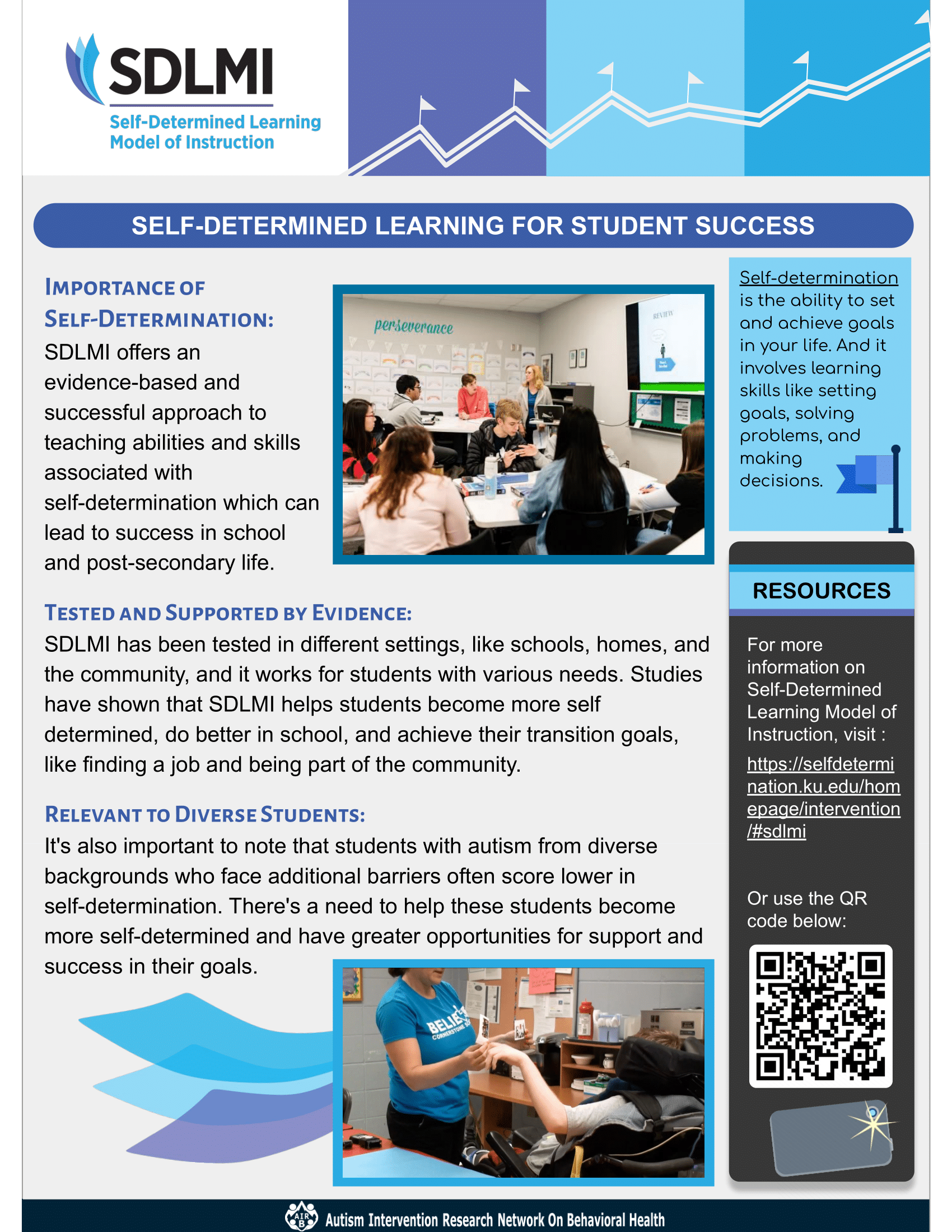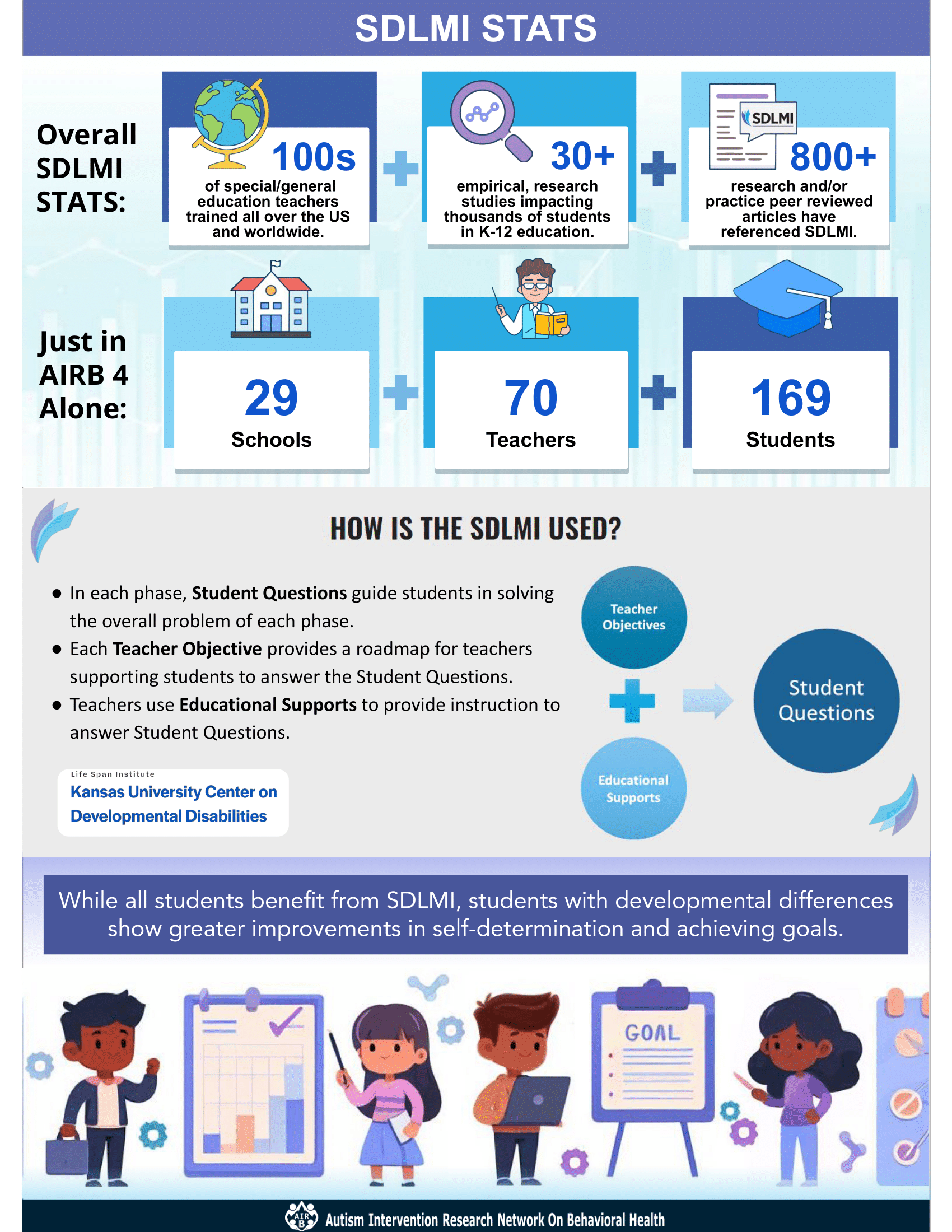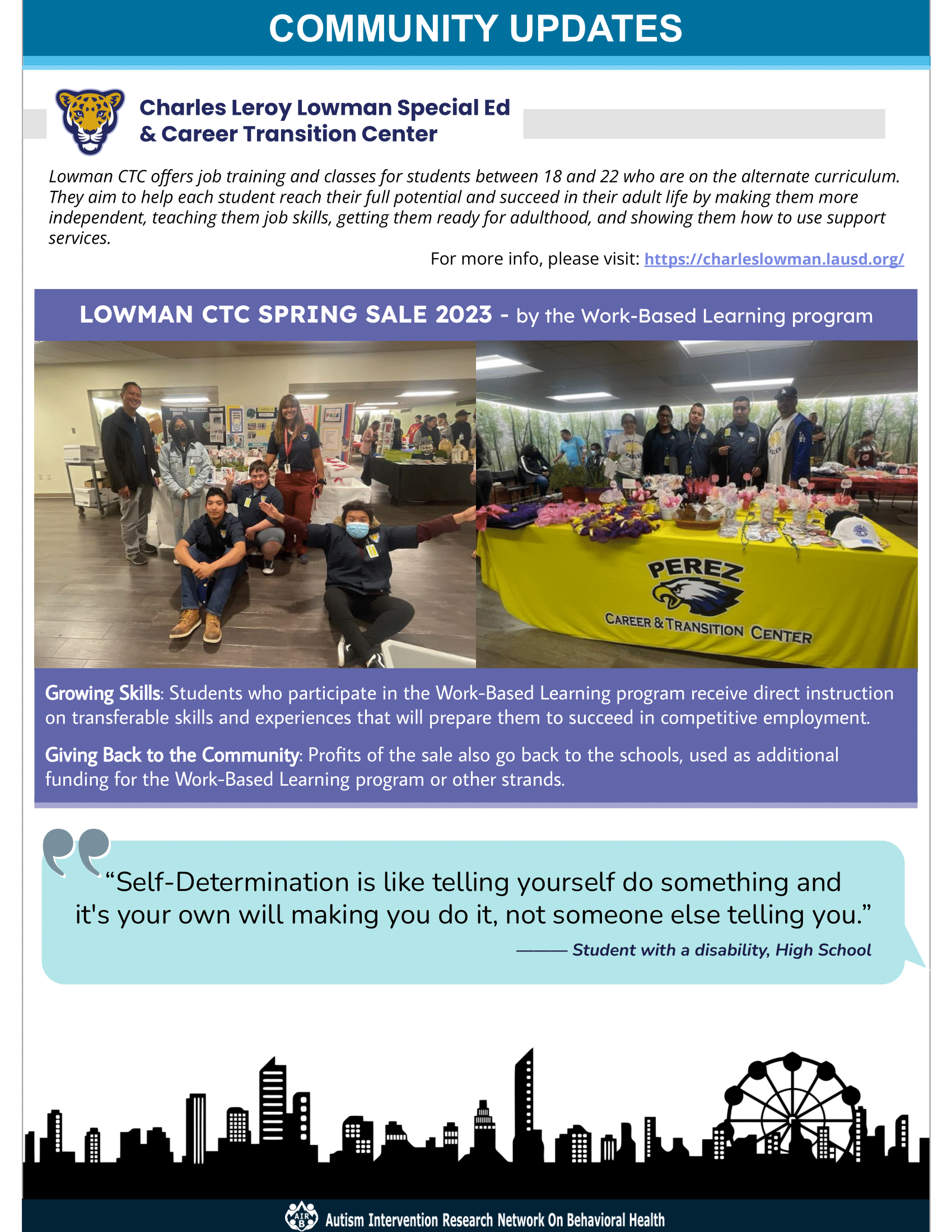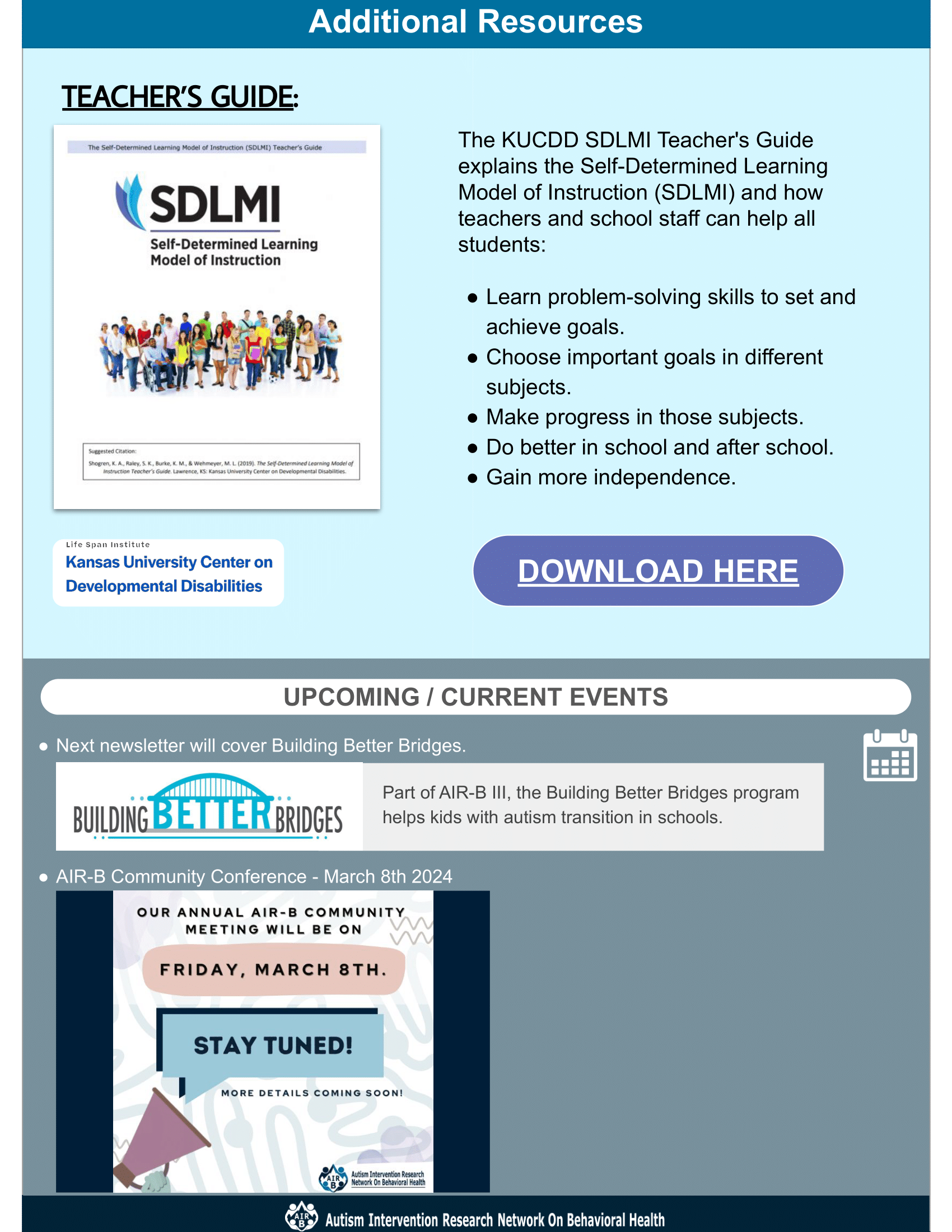For over 10 years AIR-B has brought together research sites and community partners across the country. We work with our partners to help children with autism spectrum disorders and their families. We focus on inclusion for people who have been under-served and minoritized.
AIR-B does research on autism spectrum disorder interventions, treatments and tools.
Our research has also lead to the creation of several tools and interventions. Some of these can be downloaded here:
AIR-B IV is our current research project, which compares implementations for three interventions in schools across the country.










